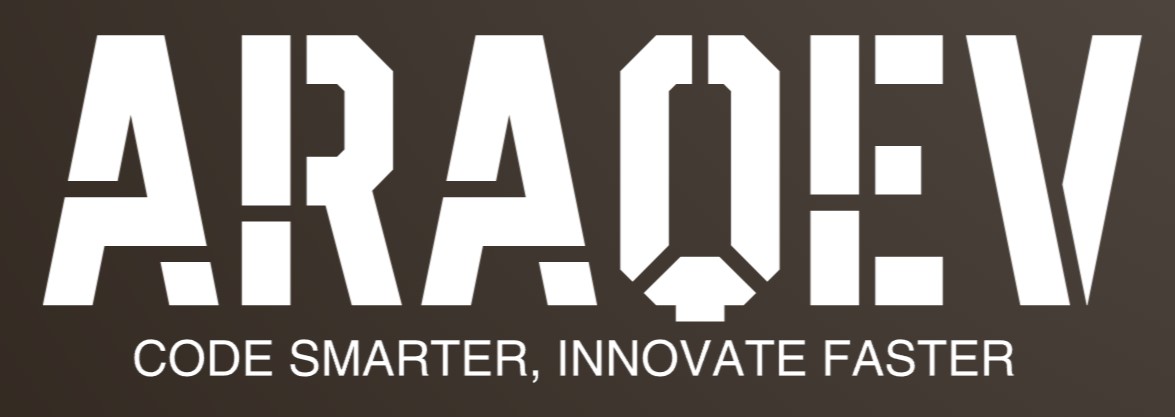How Can You Replace Multiple Characters in a String Using Python?
In the world of programming, strings are one of the most fundamental data types, serving as the building blocks for text manipulation and data processing. Whether you’re cleaning up user input, formatting data for display, or simply trying to make your output more readable, knowing how to manipulate strings effectively is crucial. One common task…
